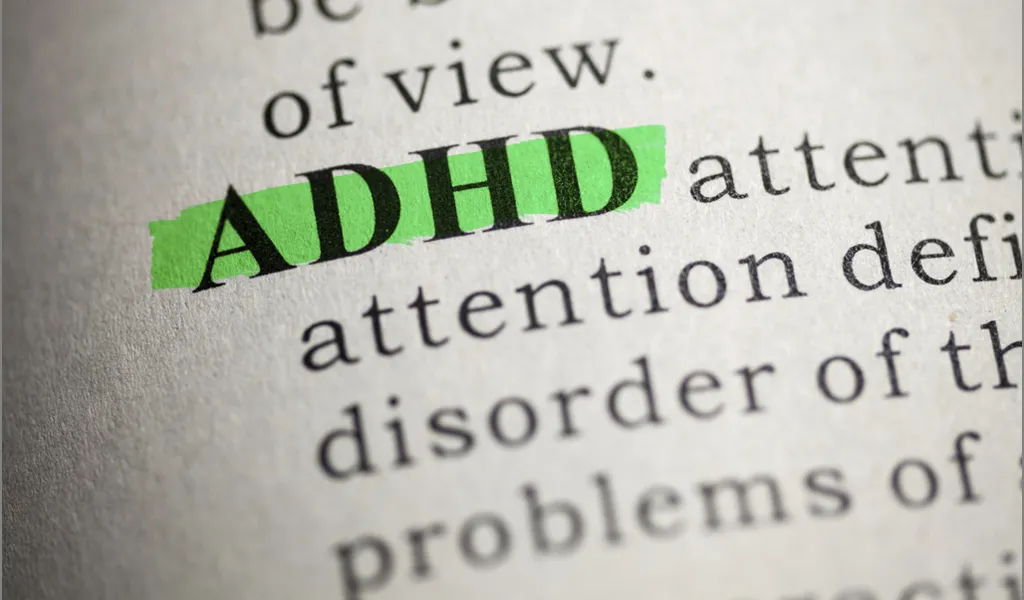The Importance of Vitamin D: Symptoms, Causes, and How to Boost Your Levels
As a parent of a toddler, you understand the importance of maintaining your energy and health. While you may be consistent with your B12 and vitamin C intake, you may have overlooked the significance of vitamin D, which is crucial for your overall well-being. In fact, 22% of Americans are deficient in this nutrient. Unfortunately, vitamin D is not as easily obtained from food as other vitamins. If you are not a fan of milk, mushrooms, or fish, you may be falling short on this essential vitamin. Nicknamed the "sunshine vitamin," vitamin D can be absorbed through sunlight and plays a vital role in bone health, immune system function, and even mood. Low levels can cause fatigue, depression, muscle aches, and even bone pain. I spoke with Katherine Zeratsky, a registered dietitian at the Mayo Clinic, to understand the causes of low vitamin D levels and the symptoms to look out for so you know when it's time to start taking a vitamin D supplement. Vitamin D is essential for keeping your bones strong and healthy. It helps your body absorb calcium from the foods you eat and works with phosphorus to build and maintain your bones. Additionally, vitamin D plays a role in muscle repair and contraction, reduces inflammation, and keeps your immune system functioning properly.

How much vitamin D do you need to take each day? The daily recommended dose to sustain vitamin D levels is 10 micrograms (mcg) for infants and 15 mcg for ages 1 through 70. After 71, the recommended dose is 20 mcg every day. If you suspect that you're deficient, your doctor can help you determine whether you need to supplement and what your dosage should be.
What are some symptoms of low vitamin D? Low levels of vitamin D can cause muscle weakness, cramps, and bone pain. You may also experience broken bones or a history of fractures if you're low in vitamin D. Low levels of vitamin D have also been linked to depression and fatigue. If you're experiencing any of these symptoms, make an appointment with your doctor to have your labs checked.
What causes low vitamin D levels? Most of your vitamin D comes from the sun, and the most common reason for reduced vitamin D levels is not getting enough UV light exposure on your skin from the sun. Spending less time outside and wearing protective clothing can reduce the amount of vitamin D your skin makes and stores. There may also be underlying medical causes for low vitamin D, such as kidney disease or certain medications.

Who is most at risk for low vitamin D? Anyone can be deficient in vitamin D, but some people tend to be more affected than others. This includes people who spend most of their time indoors or older adults whose skin has a harder time efficiently synthesizing vitamin D compared with younger people. People with darker skin are also more at risk because melanin in the skin blocks the absorption of vitamin D from the sun. Breastfed infants also risk not getting enough vitamin D through milk compared with formula-fed babies.
This informative article delves into the crucial role of Vitamin D, shedding light on its numerous symptoms - from fatigue to bone disorders -, uncovering underlying causes behind deficiencies and providing insightful tips for effectively boosts one'n vitamin levels.
This informative article on the significance of Vitamin D effectively illustrates both its crucial symptoms and causes, as well as provides practical tips for boosting one' understandings to ensure optimal health.
This comprehensive guide provides in-depth insights into the significance of Vitamin D, shining a light on its symptoms to boost awareness and an actionable plan for those seeking natural ways to optimize levels. An essential read.
The comprehensive exploration of vitamin D's importance, advised based on actionable insights into the symptoms it can affect and their underlying causes offers a valuable guideline for maintaining optimal health with informative strategies to naturally boost one’t levels.
An insightful exploration of the significance, symptoms to watch out for and causes behind vitamin D deficiency – giving readers practical tips on how they can boost their levels effectively.
Vitamin D: Navigating the sunshine vitamin's significance, symptoms of deficiency addressed comprehensively alongside their causes and practical measures for efficient boosting. A must-read to pack in those essential rays!
This comprehensive article on the importance of Vitamin D effectively showcases its symptoms, causes with practical solutions for boosting levels through diet and supplements. A must-read guide to maintain optimal health!














